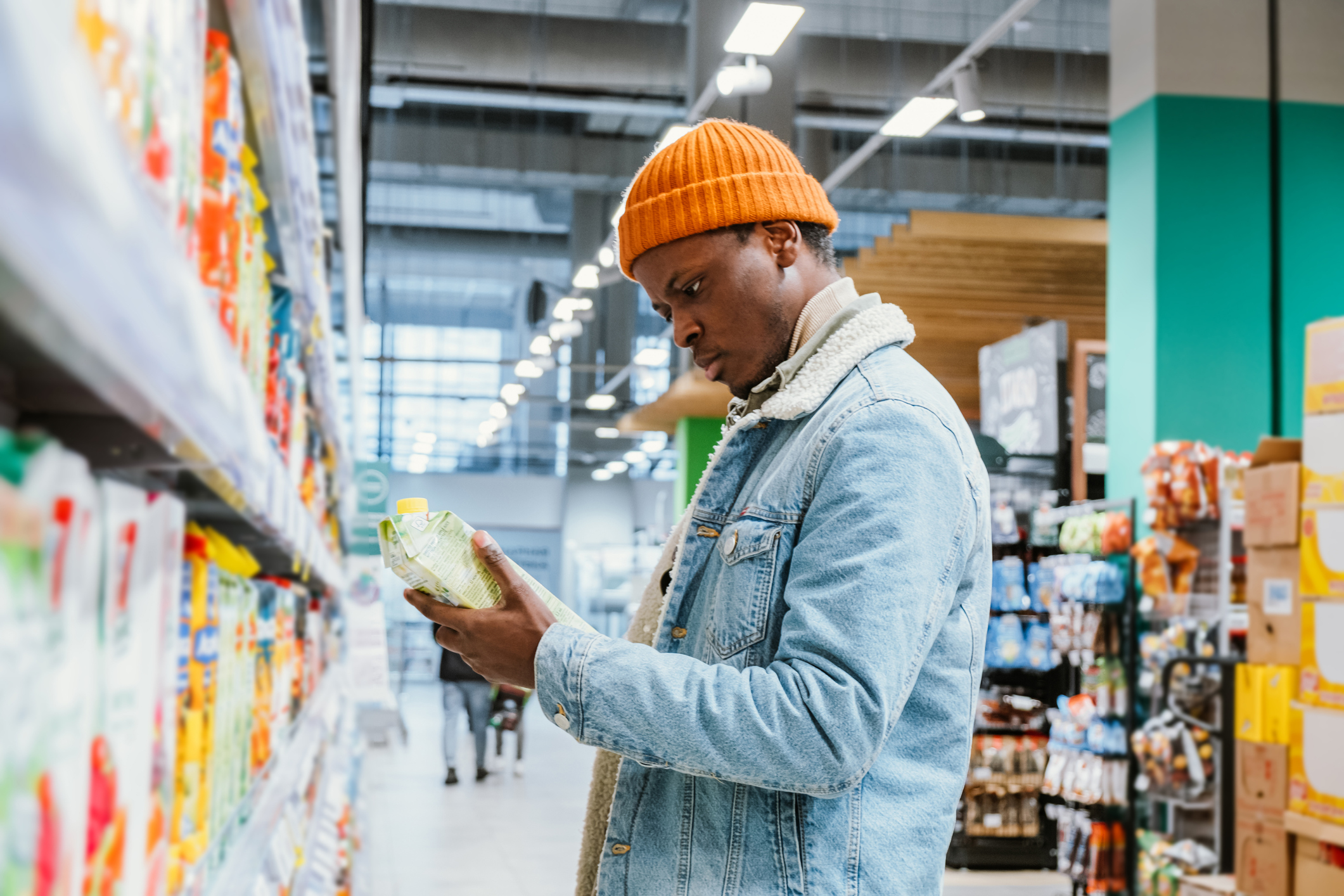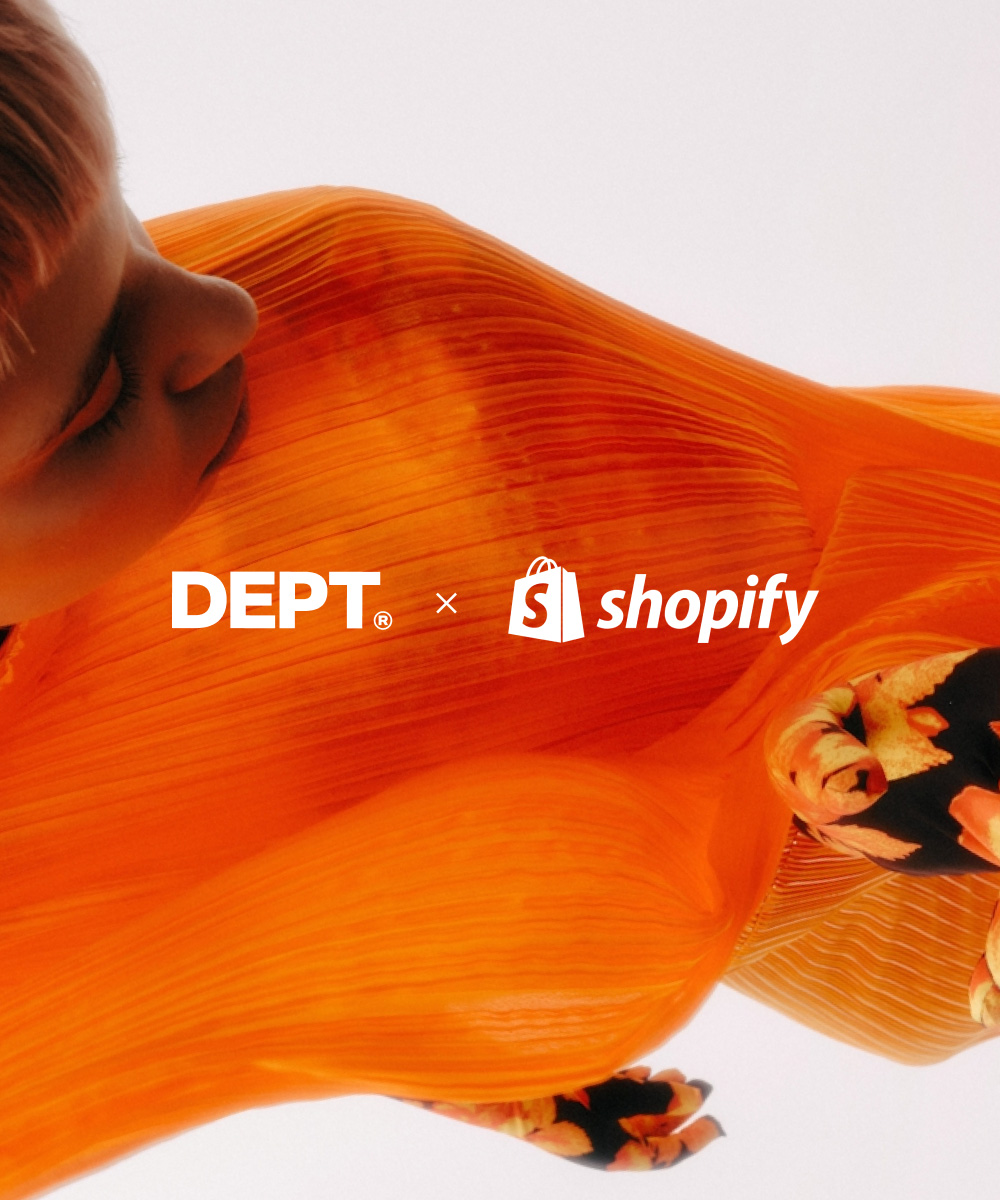Unlocking the power of digital in FMCG


The pandemic put the spotlight on digital like never before. When footfall dropped and working from home became the norm, investment in digital solutions surged. FMCGs, just like companies across every other sector in the UK, fast-tracked digital transformation projects by an average of three years.
But as the world returns to a new normal, what does the future of digital adoption look like for FMCGs? How does it offer solutions to the short, medium and long term challenges facing the industry; such as the supply chain crisis, the demise of third party data that will impact consumer insight, or the need to tackle sustainability? Where do the opportunities to use digital technology to drive competitive advantage lie? Let’s find out.
Using advanced analytics is a major driver for top-line growth, as insights into consumer decision journeys can boost sales.
Giusy Buonfantino, Vice President of Consumer Packaged Goods, Google Cloud
The AI and big data challenge
AI remains big news for FMCG marketers because it enables highly personalised experiences that drive sales. As Giusy Buonfantino, Vice President of Consumer Packaged Goods at Google Cloud, says: “Our research shows that using advanced analytics is a major driver for top-line growth, as insights into consumer decision journeys can boost sales.”
There’s a crunch point coming, though. FMCGs operating traditional sales and marketing models will inevitably lose ground in the use of AI because it’s nothing without big data. With the demise of third party data sharing, FMCGs without their own first party data will lose sight of who their customers are and what they are looking for, leaving them behind the curve.
FMCG marketers must therefore explore ways to build their own data sets, such as through the implementation of customer data platforms, if they want to continue to reap the rewards of AI and big data. This means harnessing the power of the latest technologies to engage consumers online. Let’s explore this next.
Joining the metaverse
FMCGs occupy an interesting advertising and marketing space in the digital age. Essentials are more likely to be purchased in a bricks-and-mortar store (78%) than online (57%), even post-pandemic. But online is where conversations are taking place – and it’s where first party data is collected, which means it has to be a focus for FMCG marketers.
In such a noisy and competitive landscape, the imperative is to find ways to stand out. This is further complicated by today’s savvy audiences. Gartner says that by 2024, 40% of consumers will trick behaviour tracking metrics to intentionally devalue the personal data collected about them, which is perhaps why IDC says that in the same timescale 35% of brands will openly incentivise consumers to share personal data in exchange for cash rewards, services and exclusive experiences.
AR/VR, gamification and the metaverse all offer exciting new ways for FMCGs to lead the conversation and give consumers a premium experience that will give them a good reason to share their data.
When FMCGs create such experiences they drive brand awareness and – ultimately – sales. Virtual try-on tools in beauty and fashion as well as furniture visualisation tools for homewares businesses are already out there. For brands with an ambitious focus, NFTs offer an interesting new opportunity. Working with DEPT®, Lagunitas just became the first brand within The Heineken Company to enter the LATAM NFT segment, providing a new experience for consumers who enjoy exploring disruptive universes.
These technologies aren’t limited to marketing either. They also offer interesting new opportunities when it comes to product development. Rather than developing resource-intensive prototypes, how could AR/VR work? FMCGs that make use of the tools available could reduce development costs. They’ll certainly give themselves the ability to test new products with bigger numbers of consumers. Improved sustainability will be another benefit, which is something that 54% of consumers intend to prioritise once the pandemic subsides.
The multi-faceted benefits of D2C
D2C took off for FMCGs during the pandemic although analysts and commentators are increasingly highlighting the pitfalls of major FMCGs going D2C, especially at scale. Chris Worrell, Head of Strategy at Wavemaker Worldwide, says: “Established FMCGs that want to leverage the D2C distribution model need to be fully cognisant of the hidden costs involved, weighing the opportunity cost vs their traditional, albeit unfashionable, route to market.”
But opportunities still remain. In a world where FMCGs are caught between raw material price rises on one side and retailers wanting to avoid passing on costs to consumers on the other, initiatives that cut out the retailer remain attractive. Small forays into D2C in particular can be quickly rolled out so appetite can be judged. It’s also the case that even a small offering is another way to gather first party data.
Digitising the supply chain
The supply chain challenges that have dominated recent months look set to continue deep into 2022. A digitised supply chain and next-generation technology provides the visibility required to take control. For example, IoT sensors can be used to gather the data required by AI systems and equip FMCGs to enhance operational efficiency, reduce costs and improve decision-making.
Such technologies offer exciting possibilities but even in existing setups, there is often plenty of data that provides insights. For many FMCGs the issue is more about an inability to access the data they already have. Data and intelligence dashboards can offer a solution to this issue, pulling the insights that are needed in the way that they’re needed.
Even equipped with the data, bear in mind that visibility of issues may not – at this point – be the same as resolving issues. And it would be unwise to think that consumers will be patient about shortages. Note Forrester’s 2022 prediction: “Customers are already frustrated by empty shelves and long (sometimes unknown) wait times to receive products, a situation that will get worse before it gets better. This means that brands can no longer rely on a plethora of products as their main selling point; instead, they will have to use CX to differentiate themselves.” It’s an issue that brings us back to the importance of big data and the value in creating memorable experiences.
Pick the right focus
There is no end in sight to the turbulence faced by FMCGs in the past two years – it’s simply that one set of challenges has been replaced by another. But just as digital offered possibilities during the pandemic, it offers possibilities now.
Technology offers a way to overcome most challenges, and there are exciting possibilities for FMCGs wanting to seize competitive advantage. Securing the wins will, as always, depend on creating a clearly focused strategy and working with the right partner on execution.
Get in touch to discuss how DEPT®’s experts can help your FMCG organisation unlock the power of digital technology.
More Insights?
View all InsightsQuestions?
VP of Growth, Experience and Engineering



